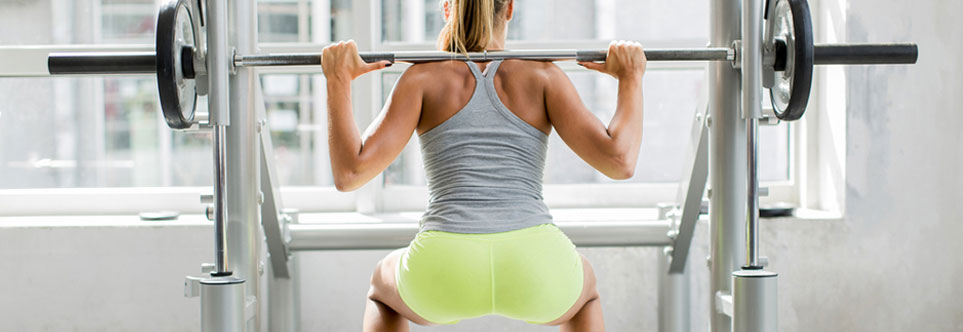
THE THREE INGREDIENTS TO LOSE WEIGHT WITHOUT LOSING MUSCLE
The weight-loss industry has us believing that losing weight fast is a goal worth achieving, but all weight loss isn’t created equal. With fast weight loss comes even quicker muscle loss, which can be detrimental to your health and fitness goals, since muscle is necessary for burning calories. Moreover, weight loss occurs as a result of consistent action over time. What you should be thinking about, instead of losing weight fast, is losing weight without sacrificing muscle. Below, the three key ingredients to help you lose weight without losing muscle mass.
1. Don’t cut calories too low
There’s a common misconception that low-calorie diets are the best — and fastest — way to lose weight. But calorie reduction to levels that are too low actually has the opposite effect and makes it even harder to lose weight in the long run. So, not only are low-calorie diets boring and too extreme to sustain over long periods of time, they can destroy your metabolism, the most important factor for weight loss.
Every pound of muscle you have burns an extra 50 to 100 calories per day, but low-calorie diets burn muscle which slows down your metabolism. How? A healthy body stores excess fat as a survival mechanism in case of food shortage but caloric restriction sends the body into starvation mode, slowing down the metabolism in order to hang onto fat and breaking down muscle for energy.
So, long story short: Low-calorie diets may work as a short-term solution but after a several weeks, the dieter will reach a plateau making weight loss even more difficult. The only calories you should cut are empty calories from sweets, packaged snacks, white bread and pasta, fried foods, soda and alcohol.
2. Eat enough protein
Protein builds muscle, so it’s imperative that a weight-loss diet includes enough of it. Plus, protein also makes you feel more satiated by your meal and keeps you fuller longer. How much protein an individual needs depends on the person’s sex, activity levels, and goals.
One way to make sure you’re getting enough protein is simply to aim to incorporate protein into each of your meals, and balance it with plenty of fresh vegetables and whole grains. Ideal sources include lean meats, fish, legumes, eggs and some protein powders. It’s important to strike the right balance when it comes to protein: Not getting enough won’t help you but eating too much protein can also have negative effects, including weight gain and liver and kidney toxicity.
3. Strength train
Healthy weight loss is about losing fat and growing muscle. To do that, it’s important to add at least two days of strength training to your fitness program each week. An ideal fitness program should balance cardio and strength training. However, it’s easy to overdo the cardio. Like eating too few calories, too much cardio can also negatively impact your metabolism by slowing fat loss and depleting muscle.
If you’re just getting started with a fitness program, ease into cardio one day at a time and if you’re a seasoned pro, be sure to incorporate rest days to prevent overtraining. Regardless of where you are with your progress, a fitness routine that balances cardio and strength training and is complemented by a healthy diet of protein and complex and fibrous carbohydrates can help propel you toward healthy weight-loss goals.
Original article written by Brian Maher on Be Well Philly